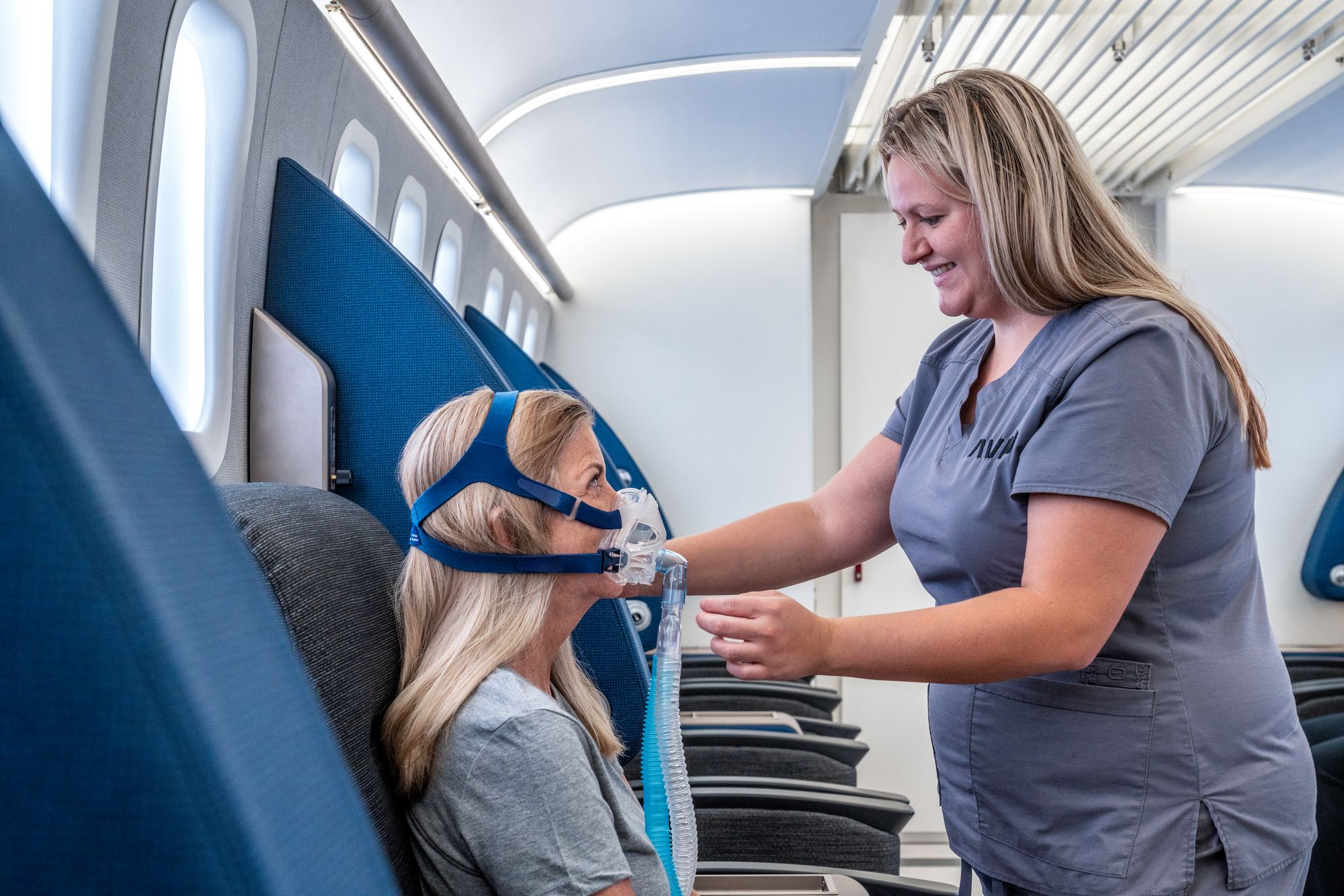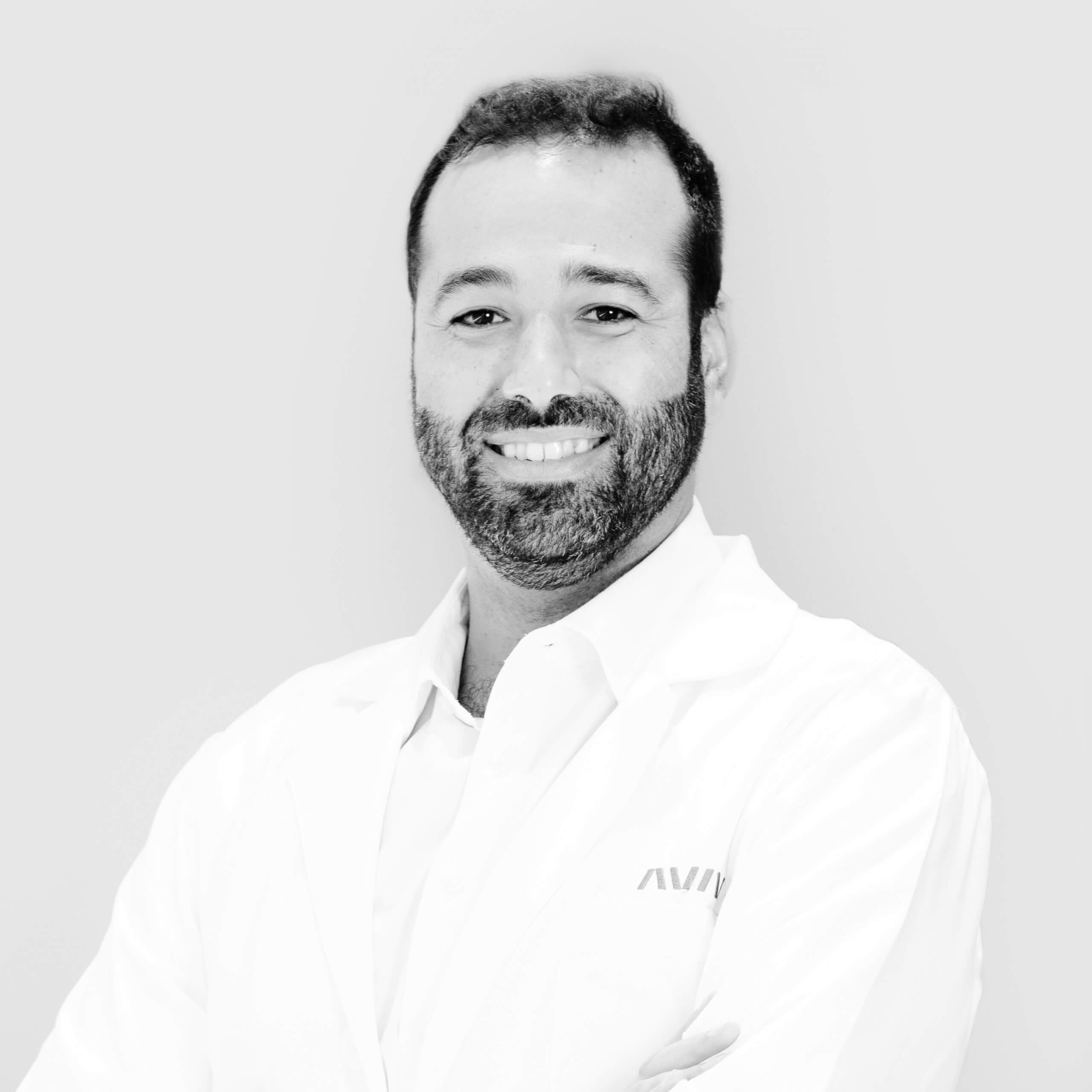
Hyperbaric Oxygen Therapy for Stroke Recovery: Reignite Healing in the Brain


Stroke is a leading cause of serious long-term disability in adults, with nearly 800,000 Americans experiencing one each year. Whether it’s an ischemic stroke or a transient ischemic attack (TIA), recovery depends heavily on timely, effective treatment. Even with timely intervention, however, many survivors are left with lingering effects, like reduced mobility, impaired speech and vision, and cognitive challenges. While no treatment can reverse damage to dead brain cells, exciting advancements in stroke rehabilitation are showing promise, especially hyperbaric oxygen therapy (HBOT). The Aviv Medical Program uses hyperbaric oxygen therapy for stroke recovery as part of a personalized, multidisciplinary treatment plan to help achieve measurable improvements, even years after a stroke.
What Happens to the Brain during a Stroke?
When a stroke strikes, blood flow to the brain becomes interrupted, causing death to brain cells due to loss of blood and oxygen. As many as two million brain cells die each minute a stroke goes untreated. Other cells become injured but don’t necessarily die off. Neurologists often describe them as being “stunned” in this area of the brain, known as the penumbra.
The combined damage from injured and necrotic (dead) brain cells results in both immediate and long-term symptoms such as:
- Limb weakness or paralysis
- Slurred speech
- Vision complications
- Balance issues.
Once brain cells (neurons) have died, they cannot be revived, which is why timely intervention is so critical. However, a growing body of research indicates that HBOT may help repair the injured or stunned cells, even years after the initial stroke
How Can Hyperbaric Oxygen Therapy (HBOT) Support Brain Recovery?
Hyperbaric oxygen therapy (HBOT) is a type of therapy that uses pressurized chambers to allow individuals to breathe in 100% pure oxygen. The increased pressure in the hyperbaric environment allows for more oxygen to be dissolved in the blood and tissues. When administered using certain protocols, HBOT can raise oxygen levels in the body to about 17 times higher than normal. This allows oxygen to be delivered even to dormant cells, such as those injured by stroke.

How Does HBOT Help with the Post-Stroke Recovery Process?
Hyperbaric oxygen therapy (HBOT) supports stroke recovery by increasing the amount of oxygen delivered to injured brain tissue. When administered using a research-backed protocol, HBOT has been shown to:
-
Promote healing in stunned or dormant brain cells
-
Stimulate the growth of new blood vessels (angiogenesis)
-
Activate stem cells to support tissue repair
-
Trigger neuroplasticity—creating new neural connections
-
Improve cognitive, speech, and motor function in stroke survivors
These benefits are particularly valuable for stroke survivors.
Fluctuating Oxygen Protocol: The Aviv Approach to HBOT
Based on nearly two decades of peer-reviewed, published research, the unique HBOT protocol at Aviv Clinics deliberately and safely fluctuates oxygen throughout the HBOT session. Patients receive treatment in a multi-person suite, accompanied by a medical professional. The suite is filled with medical-grade air, and clients breathe 100% oxygen through a mask. Thus, when the mask is on, oxygen levels in the body are very high. But when the oxygen mask is removed so patients can breathe normal air, the body is deceived into sensing a low-oxygen state.
This fluctuation triggers the body to believe it has become hypoxic, and it shifts into repair and regeneration mode. Research shows that this HBOT protocol can prompt neurological recovery even years after an initial stroke.

Real Results: Stroke Survivor Improvements with HBOT at Aviv
Several studies have proven the benefits of using HBOT in post-stroke recovery. When this specific HBOT protocol is combined with the broader Aviv Medical Program, results can be life-changing. Stroke survivors treated at Aviv Clinics have reported:
- Restored speech and reading capabilities
- Improved motor function, even with partial paralysis
- Greater independence in performing daily activities
Some clients have improved from using a wheelchair to walking with a cane. Others have regained communication skills they thought were lost forever. Many say the biggest benefit is no longer feeling like a burden to their loved ones.
The Personalized Aviv Medical Program for Stroke
When incorporated into the Aviv Medical Program, the outcomes become even more impressive:
- Some Aviv clients have progressed from using wheelchairs to walking on their own or with an assistive device.
- Clients who have lost their ability to speak can make immense recovery strides.
- Many report that the biggest benefit is simply not being a “burden” on their loved ones.
The Aviv Medical Program is grounded in nearly two decades of rigorous clinical research and built around a highly personalized approach to treatment. We begin with an in-depth evaluation designed to uncover the sources of your cognitive and physical challenges after your stroke. After an in-depth review of your health history and a physical exam, your Aviv Clinics physician may also recommend:
- Advanced brain imaging (MRI and/or SPECT)
- Body composition analysis
- Neurological and neurocognitive evaluations
- Physical and functional performance testing
From there, your dedicated medical team will design a customized treatment plan tailored to your unique condition, symptoms, health history, and recovery goals. Depending on your needs, your Aviv Medical Program may include:
- Hyperbaric oxygen therapy using our unique, scientifically-backed protocol
- Cognitive exercises to support brain performance
- Physical training and physical therapy
- Nutritional coaching to optimize energy, focus and healing
Learn more about the program>>
When to Begin Hyperbaric Oxygen Therapy After a Stroke
Aviv Clinics generally recommends waiting 3-6 month after a stroke before beginning hyperbaric oxygen therapy for stroke recovery. This allows for the brain’s natural healing process to stabilize before starting intensive therapy.
The sooner stroke survivors act after the post-acute stage, the better. Research shows that the greatest gains typically are seen when treatment begins less than four years post-stroke. That said, scientists have documented success even in clients who began treatment up to 10 years into their stroke recovery.
Expected Timeline to See HBOT Results
Most people see improvement from the Aviv Medical Program within 8-12 weeks. However, the individualized nature of the Aviv Medical Program means that outcomes and timelines vary. Our physicians prescribe a personalized treatment plan based on thorough assessments, your symptoms and medical history, and your treatment goals. This helps to ensure meaningful, measurable progress as you complete the program.
For most clients, here’s what the Aviv Medical Program looks like
- Step 1: Assessment— A set of assessments recommended by your Aviv Clinics physician to set baselines and establish your program.
- Step 2: Treatment— Based on the assessment, we develop a customized routine that can combine hyperbaric oxygen sessions with other types of personalized interventions. In most cases, stroke patients complete treatment over the course of 12 weeks.
- Step 3: Analysis— At your request, our team can repeat the tests from your initial assessment and measure your progress. A post-assessment will also enable our physicians to make recommendations for ongoing recovery.
Client Story: Keren’s Post-Stroke Transformation
After suffering an ischemic stroke, Keren Trabelsi, a busy executive, was left with cognitive issues and paralysis on the left side of her body. Daily tasks grew more difficult, which left her feeling defeated.
Overwhelmed and discouraged, Keren discovered the Aviv Medical Program. Following three months of hyperbaric oxygen therapy for stroke recovery alongside other interventions, Keren regained her ability to walk comfortably, type, and enjoy mental challenges like Sudoku once again. In her words, treatment at Aviv is “…like driving a Ferrari on the road to recovery versus driving like an old beaten-up car….”
Reclaim Brain & Body with Aviv’s Scientifically Backed Stroke Program
Stroke recovery doesn’t need to end with basic rehabilitation. The Aviv Medical Program offers a comprehensive, scientifically backed pathway to better physical and cognitive performance.
If you or a loved one is living with post-stroke challenges, our team is here to help. Contact us to learn more about the Aviv Medical Program and how it can benefit you or your loved one.
Last Updated July 14, 2025
Aviv Medical Program provides you with a unique opportunity to invest in your health while you age



